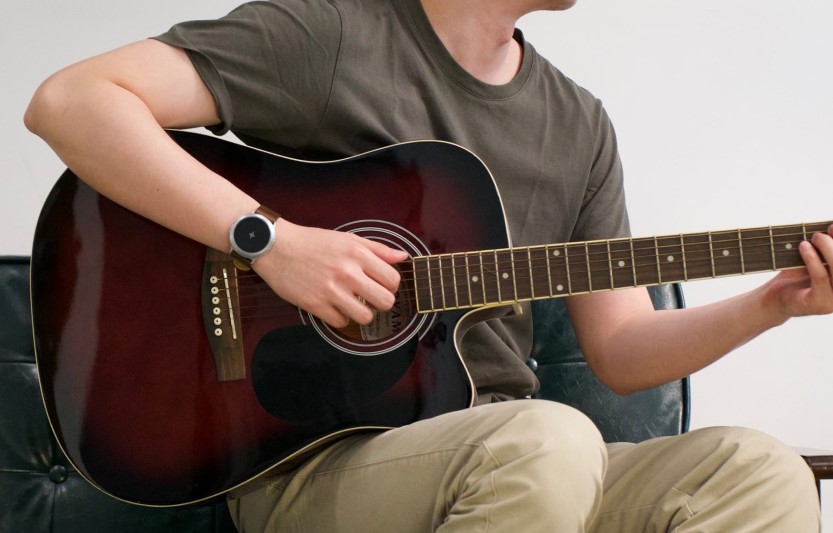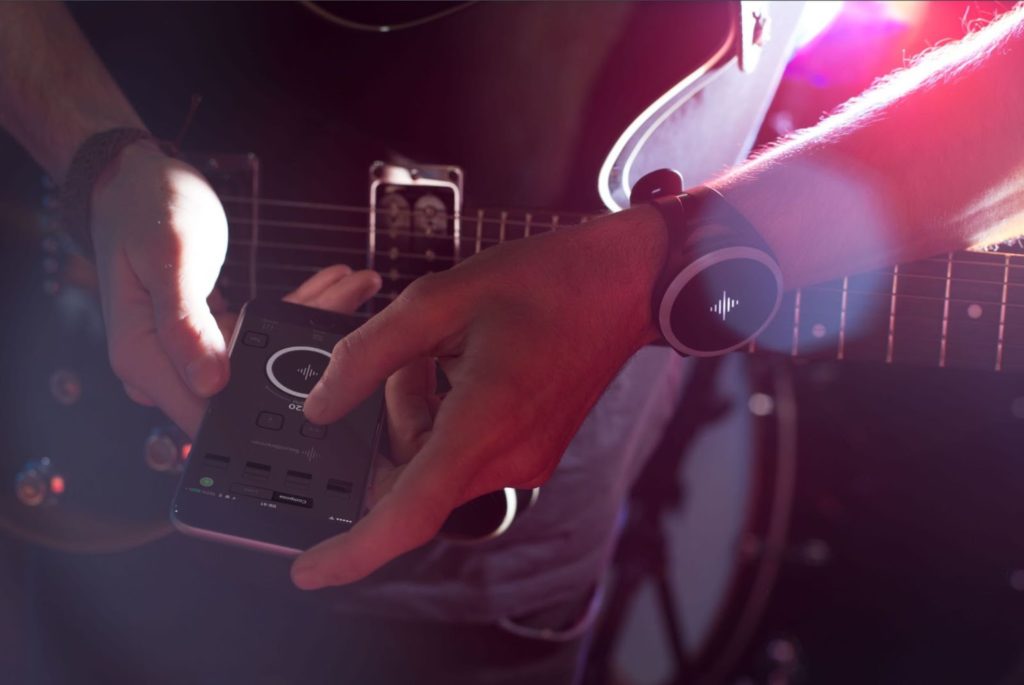
Every musician should know that using a metronome is highly beneficial to improving their playing.
Especially for beginner musicians just starting out, a metronome as well as other companion tools are crucial for an efficient learning process.
However, many find themselves unsure of how to use their metronome effectively. With the right techniques, you can maximize the potential of your metronome and find yourself progressing in the right ways.
In this article, we’ll give you 5 tips on how to use a metronome.
Practice with slower tempos
Set your metronome to something low and slow like 60bpm. When you’re playing fast, it’s a lot easier to stay on time. However, when you play slowly, each beat is emphasized and every rhythmic variation will be made much more obvious. Get used to every note before speeding up and you’ll find yourself a lot more aware of every note you play.
Remove beats

Musicians who practice with metronomes often find themselves relying too much on the click, and don’t see much progress. In order to avoid this, try to remove beats when practicing. You’ll be able to do this on a metronome app like the Metronome app by Soundbrenner. When you remove beats from your metronome, you’re forcing yourself to keep up with the existing beats, while replacing those that are missing.
Play around with accents
This can really help you with owning your rhythm skills. When your metronome plays a simple 4/4 time signature, switch around the accents on different beats. For example, on a 4/4 time signature, start off with the accents on the 2nd and 4th beat, then switch them up to beats 1 and 3. You can do this on a Soundbrenner Core vibrating metronome, you can set it to vibrate and/or light up only on the accents you choose!
Figure out the BPM and tempo of your favorite songs
This may be easier for some, and trickier for others. Choose a song you like, and figure out the tempo and BPM of the song. This is more of a fun exercise than a practice technique, but it’ll help you familiarise yourself with rhythms and improve your sense of rhythm and timekeeping.
Try playing with some unique rhythms
Once you feel comfortable with the basics, level up to more advanced rhythms. For example, try something out with polyrhythms! You can get started with a 3:4 polyrhythm by setting up the rhythm in a 12-beat grid like this. You can also utilize a metronome in other creative ways.
Metronomes are a valuable tool in a musician’s journey and they have the capability to do much more than just click along to keep time! How often do YOU use a metronome while practicing? Let us know in the comments below!


